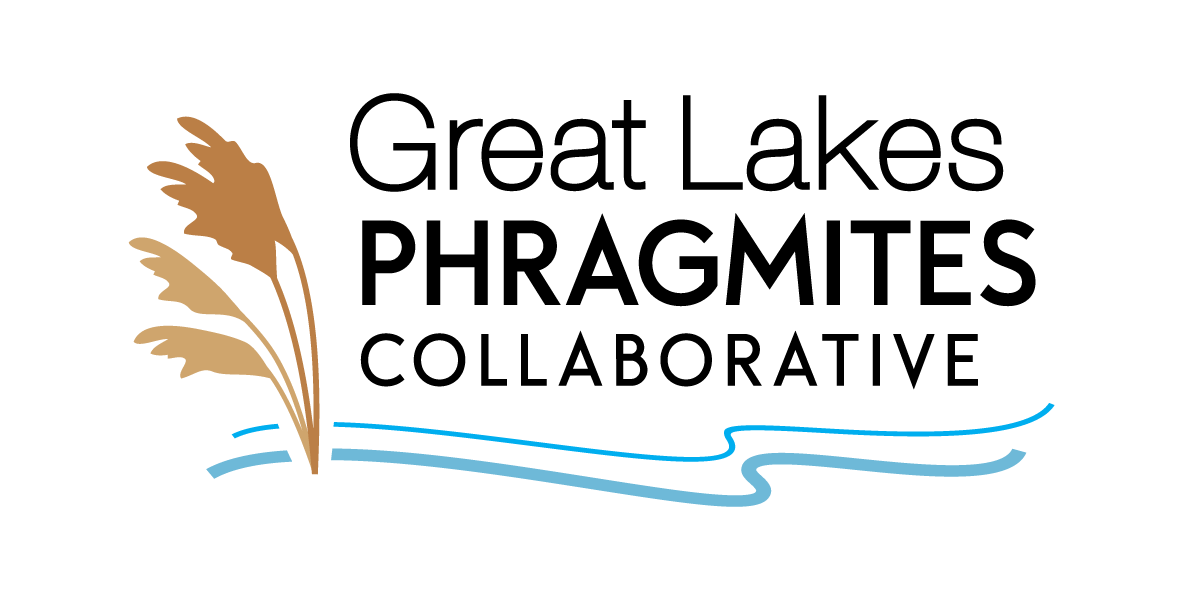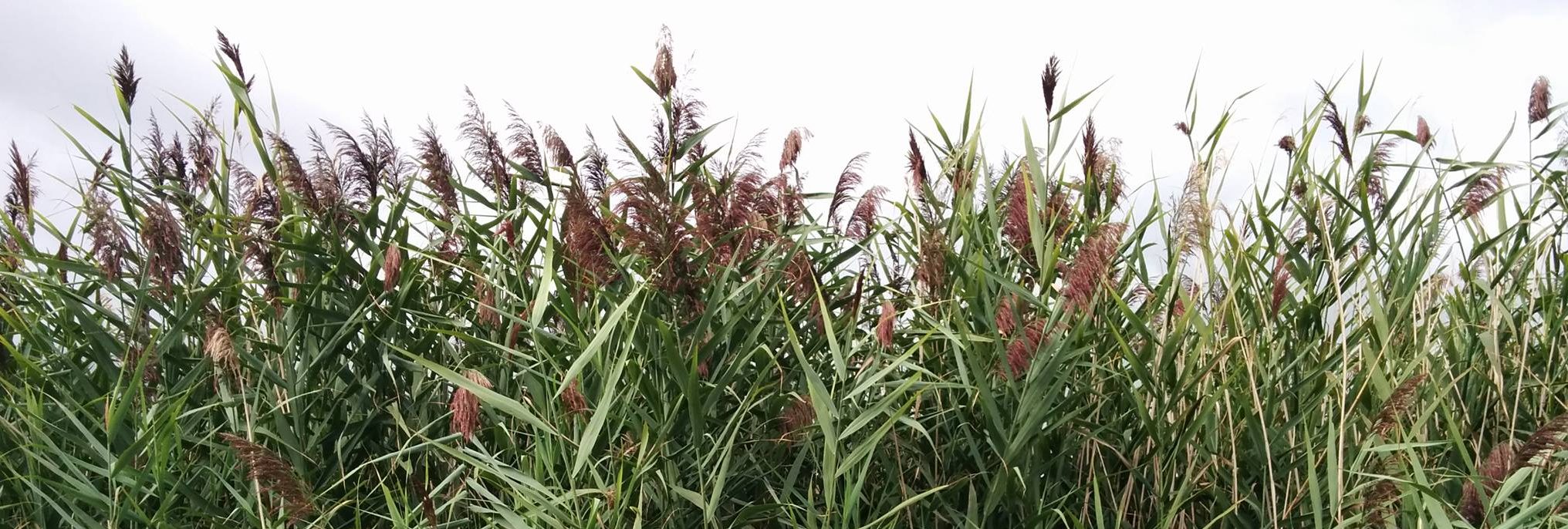Great Lakes Phragmites Collaborative

About the Great Lakes Phragmites Collaborative
The Great Lakes Phragmites Collaborative (GLPC) is a partnership to link people, information, and action on Phragmites – an aggressive non-native species which has invaded an estimated 60,000 acres of shoreline habitat and innumerable inland areas across the Great Lakes region.
The GLPC is a regional partnership to improve communication and collaboration and foster more coordinated, efficient and strategic approaches to non-native Phragmites management and ecosystem restoration. The GLPC is let jointly by the Great Lakes Commission and US Geological Survey, and serves as a communication conduit via an interactive website (www.greatlakesphragmites.net), maintains a listserv with over 600+ members, and fosters network-building among habitat managers, governmental agencies, and private landowners.
The Great Lakes Phragmites Collaborative is recognized across the Great Lakes region as a benchmark for collaborative governance and Collective Impact, and was highlighted as a case study in the Great Lakes Restoration Initiative Action Plan II (see page 15 in the Action Plan). Outcomes of the Great Lakes Phragmites Collaborative include:
- A governance structure including a Core Team, Steering Committee, and Advisory Committee which maintain lines of communication among agency and non-profit partners and help guide the work of the GLPC
- A working group which is focused on collaborating on communications and outreach
- Development and implementation of the Phragmites Adaptive Management Framework – a program which uses a monitoring protocol, computer model, and user-submitted data which will soon deliver site-specific treatment guidance to land managers across the Great Lakes (learn more on our website)
- A centralized communication website (www.greatlakesphragmites.net) and associated outreach materials
- A listserv with over 600 members where the Phragmites community asks questions and exchanges information
- An ongoing webinar series of emerging research and applied management topics
- A publication in Biological Invasions which highlights the GLPC as a novel application of Collective Impact for a conservation-related issue
- A 2017 workshop where participants identified key priorities for the GLPC and advanced development of a Common Agenda
- A weekly newsletter of Phragmites news stories and a monthly digest of newly published academic research
- A Herbicide Quick Guide document which provides a brief overview of herbicide management options

In 2011, the Great Lakes Commission and US Geological Survey-Great Lakes Science Center initiated a regional partnership called the Great Lakes Phragmites Collaborative (GLPC). The GLPC is an initiative to link people, information, and action on non-native Phragmites using a Collective Impact approach. The Great Lakes Commission serves as a backbone organization which facilitates a diverse group of government agencies and non-profit organizations in the advancement of a regional common agenda for non-native Phragmites. A Charter has been established, and Advisory and Steering Committees help to guide the actions of the GLPC and work toward a Common Agenda.
The GLPC maintains a centralized hub for Phragmites information though a comprehensive website; enables communication within the Phragmites community through a listserv with over 600 members; hosts a webinar series for scientists to share their emerging research; creates linkages between research and management; encourages site prioritization to maximize the benefits of control work; and supports restoration of wetland and terrestrial sites following Phragmites control efforts.
Through the Phragmites Adaptive Management Framework (PAMF), the GLPC is working with land managers across the region to develop a centralized monitoring protocol, a database to track management effectiveness, and a computer model which will provide partners with recommendations specific to their site conditions. This groundbreaking program is the first wide scale application of adaptive management for invasive Phragmites.
As a partnership, the GLPC addresses complex social, economic and ecological issues resulting from invasive Phragmites. These issues include habitat degradation, loss of ecological function, loss of endangered and threatened species habitat, increased fire risk, loss of recreation opportunities, reduced access to shorelines, and changes to coastal processes.
This material is based upon work supported by the U.S. Geological Survey under Grant/Cooperative Agreement No. G18AC00279. The views and conclusions contained in this document are those of the authors and should not be interpreted as representing the opinions or policies of the U.S. Geological Survey. Mention of trade names or commercial products does not constitute their endorsement by the U.S. Geological Survey.
Project Partners
U.S. Geological Survey – Great Lakes Science Center
Funding
This program is funded through a cooperative agreement with the USGS-Great Lakes Science Center under the Great Lakes Restoration Initiative.
For More Information visit greatlakesphragmites.net
Sign up for our e-newsletter
Get the latest Great Lakes Commission news and events in your inbox!
Sign up for our e-newsletter
Get the latest Great Lakes Commission news and events in your inbox!
